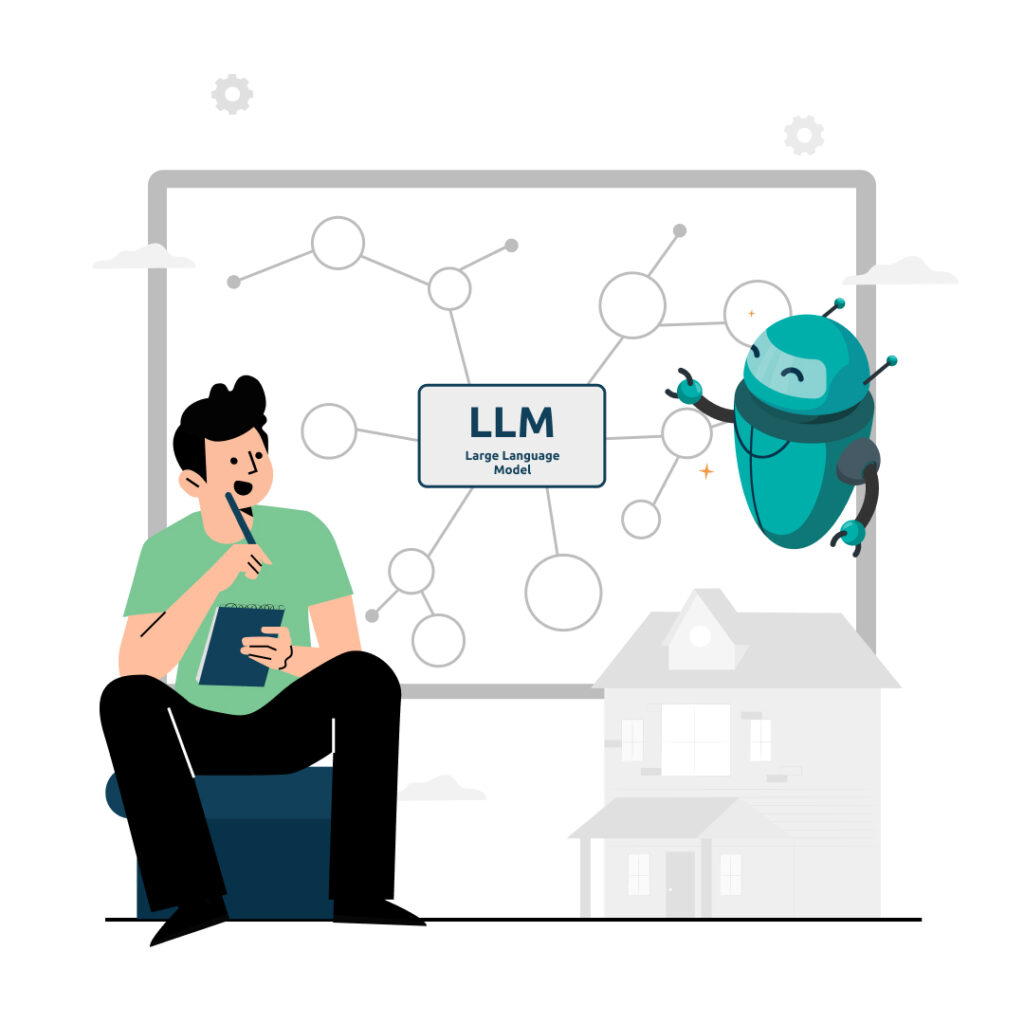Autonomous vehicle technology has moved from research labs to commercial deployment across multiple sectors. Organisations evaluating automation investments now face a landscape that includes robotaxis, warehouse robotics, and autonomous delivery systems.
This article is part of our comprehensive guide on autonomous vehicles and robotics in Australia, providing strategic analysis for technology leaders.
The unit economics tell different stories depending on the use case. Robotaxis remain capital-intensive at $2-3.50 per mile versus $2 per mile for human-driven services. Warehouse automation and delivery robots show different cost structures entirely. What determines viability: operational constraints, whether geofenced or open road, weather requirements, and regulatory frameworks that vary between jurisdictions.
This analysis provides a practical framework for evaluating autonomous vehicle use cases based on 2025 deployment data.
What is a robotaxi and how does it work?
A robotaxi is a self-driving passenger vehicle that operates on-demand transport without a human driver. These vehicles use Level 4 autonomy, meaning they handle all driving tasks within a defined operational design domain (ODD) without human intervention.
The technology stack combines LiDAR, cameras, and radar sensors through sensor fusion. An AI system processes this data to make driving decisions in real time. Remote operations centres provide human oversight for edge cases the AI cannot handle independently.
Waymo currently leads the market with operations in Phoenix (covering 225+ square miles), San Francisco, and Los Angeles. The business model mirrors traditional ride-hailing: riders book via app with dynamic pricing. Tesla and Zoox are positioned as future competitors, though neither has matched Waymo deployment scale. For a detailed comparison of leading AV companies and partnership models, see our vendor analysis.
How much does it cost to operate a robotaxi per mile?
Current robotaxi operating costs range from $2 to $3.50 per mile. Human-driven ride-hail services like Uber cost approximately $2 per mile. The gap exists despite robotaxis having no driver wages to pay.
Why the higher costs? Vehicle capital runs $150,000 to $200,000 per unit for sensor-equipped autonomous vehicles. Remote operations centres require staffing around the clock. Maintenance exceeds standard vehicles due to complex sensor arrays. Insurance for autonomous fleets remains expensive while actuarial data matures.
Unit economics improve with fleet utilisation. Vehicles operating 16+ hours daily spread fixed costs across more revenue miles. Profitability threshold estimates sit around $1.50 per mile or lower. Achieving that likely requires 100,000+ vehicle fleets to hit scale economics.
Waymo reportedly remains unprofitable despite completing thousands of rides daily. The path to profitability depends on reducing per-vehicle costs, expanding service areas to increase utilisation, and regulatory approval for broader deployment.
What is Level 4 autonomy and what does it mean for commercial vehicles?
SAE Level 4 autonomy means a vehicle handles all driving tasks within specific conditions without human intervention. The driver does not need to monitor the road or be ready to take over within the operational design domain.
This differs from Level 5 (full autonomy everywhere, in all conditions) and Level 3 (driver must remain alert and ready to intervene). Level 4 is the current ceiling for commercial deployments.
Level 4 enables removal of safety drivers. This is the inflection point for ROI. A robotaxi with a safety driver has worse economics than a regular taxi. A robotaxi without one can potentially undercut human drivers on cost.
The operational design domain defines where Level 4 works. Parameters include geography (specific mapped areas), weather (typically clear conditions only), and time of day (many services operate daytime only). Current deployments stay within these boundaries. Expanding to new areas requires additional mapping, testing, and regulatory approval for each ODD expansion.
Shifting from public road autonomy to controlled warehouse environments reveals a different maturity curve.
How does Amazon use robots in their fulfilment centres?
Amazon operates over one million robots across their fulfilment network, making it the largest warehouse robotics deployment globally. This represents 25x growth from 30,000 robots at the end of 2015.
The fleet includes several robot types working in coordination. Drive units move shelving pods to workers. Robotic arms handle sorting and packing. The Sequoia system enables 75% faster inventory processing through automated sortation.
Robots work alongside humans rather than replacing them entirely. Amazon employs 1.5 million workers alongside their million-plus robots. Robots handle repetitive movement and sorting tasks. Humans manage exceptions, complex packing, and quality control.
This collaborative model accelerated during COVID-19 when demand surged and worker safety concerns increased. The investment justified itself through throughput increases and error reduction rather than pure headcount replacement.
What is the ROI timeline for warehouse automation investments?
Typical payback period for autonomous mobile robot (AMR) deployments runs 18-24 months. This assumes standard implementation in existing facilities with moderate order volumes.
Labour cost reduction potential reaches up to 50% in picking and sorting operations. Throughput improvements typically deliver 2-3x increases in order processing capacity. These gains compound: faster processing means the same facility handles more orders with lower cost per order.
Initial investment varies by scale. Mid-size warehouse deployments run $1-5 million. Large fulfilment centre buildouts exceed $50 million. The investment includes robots, integration with warehouse management systems, facility modifications, and training.
ROI factors include local labour costs (higher wages mean faster payback), facility layout (purpose-built facilities outperform retrofits), order volume (more orders spread fixed costs), and product mix (standard products suit automation better than irregular items).
Hidden costs catch many organisations. Integration with existing systems takes longer than expected. Training staff on new workflows requires dedicated time. Maintenance contracts add ongoing expense. Software licensing fees continue indefinitely.
How do autonomous trucks navigate highways at night?
Aurora now operates driverless trucks at night on Texas routes, specifically the Fort Worth to El Paso corridor spanning 600 miles. Night operations extend autonomous trucking beyond daytime-only limitations.
The sensor suite for night driving includes thermal cameras alongside enhanced LiDAR systems optimised for low-light conditions. Highway driving presents a simpler operational design domain than urban environments: limited variables, predictable traffic patterns, no pedestrians or cyclists, and consistent road geometry.
Night operations extend asset utilisation meaningfully. A truck that operates both day and night generates roughly double the revenue of a day-only vehicle. This makes the economics work even with higher sensor costs.
How do last-mile delivery robots reduce costs?
Sidewalk delivery robots operate at approximately $0.06 per mile. Human delivery costs exceed $2 per mile. At scale, delivery robots could reduce last-mile costs by 60-70%.
The autonomous last-mile delivery market reached $6.57 billion in 2025 with projections for continued growth through 2030. Use cases include food delivery, pharmacy items, and small packages limited to under 20kg cargo capacity.
Starship Technologies pioneered sidewalk delivery robots operating at walking pace (4-6 km/h). Nuro builds road-going autonomous delivery vehicles that operate at street speeds within geofenced areas. Amazon continues developing integrated delivery robot capabilities.
Infrastructure requirements shape viability. Sidewalk robots need actual sidewalks (not available everywhere), delivery lockers or safe drop locations, and remote monitoring systems. Regulatory approval happens city-by-city, creating a patchwork of operating territories.
What framework helps evaluate autonomous vehicle use cases?
Use case selection rests on three factors: operational constraints, economic viability, and regulatory readiness. Each autonomous vehicle category performs differently across these dimensions.
Warehouse robotics shows highest viability. Controlled indoor environments minimise uncertainty. ROI is proven with documented 18-24 month payback periods across thousands of deployments. Regulatory requirements are minimal compared to public roads. The collaborative human-robot model is established and accepted.
Autonomous trucking presents medium viability. Highway focus reduces complexity compared to urban driving. Economic value per route is high (long-haul freight pays well). Multi-state regulation complicates expansion.
Robotaxis have developing viability. Urban complexity increases operational risk. Capital requirements run $150,000-200,000 per vehicle. The regulatory landscape in Australia is evolving toward a 2027 national framework. No operator has achieved profitability at scale yet.
Last-mile delivery shows emerging viability. Unit cost potential is lowest of all categories. Regulatory uncertainty creates market access challenges. Infrastructure requirements limit addressable markets.
Weather capability affects all outdoor autonomous vehicle categories. Rain, fog, and snow limit sensor effectiveness across robotaxis, trucks, and delivery robots. Most systems pause operations when conditions deteriorate. Warehouse robotics avoids this constraint entirely by operating indoors. All-weather capability remains an unsolved challenge for outdoor autonomy, limiting year-round reliability for road-based deployments.
Decision factors for your organisation include facility type (controlled environments favour warehouse robotics), geography (favourable regulations accelerate deployment), labour costs (higher wages improve automation ROI), and risk tolerance (proven solutions versus emerging technology).
Frequently Asked Questions
Are robotaxis safe to ride in? Waymo reports crash rates 57% lower than human drivers in comparable conditions. Safety validation includes billions of simulation miles and millions of real-world miles. Remote operators intervene in edge cases.
When will autonomous trucks be on all highways? Full highway deployment requires regulatory approval in all states. Aurora targets expanded operations through 2026. Weather capabilities and regulatory frameworks remain barriers to widespread adoption.
Can delivery robots work in the rain? Most sidewalk delivery robots pause operations in heavy rain or snow. All-weather capability remains a development priority for year-round reliability.
What happens if a robotaxi gets in an accident? Remote operations centres handle incident response. Insurance policies designed for autonomous fleets cover liability. Comprehensive data recording from vehicle sensors supports incident investigation.
How much can warehouse automation save my company? Savings depend on labour costs, order volume, and facility design. Typical range: 30-50% reduction in warehouse labour costs with 18-24 month payback on AMR investments.
Are there any robotaxis in Australia yet? No commercial robotaxi services operate in Australia as of 2025. Regulatory frameworks remain under development. Trial programs may emerge in coming years.
Do I need special permits for autonomous delivery robots? Yes. Regulations vary by jurisdiction. Most cities require specific permits. Some states have statewide frameworks while others regulate at municipal level.
How fast do autonomous delivery robots travel? Sidewalk robots operate at 4-6 km/h (walking pace). Road-going delivery vehicles like Nuro operate at street speeds within geofenced areas.
Which city has the most robotaxis right now? Phoenix, Arizona has the largest robotaxi deployment. Waymo provides thousands of rides daily across 225+ square miles of service area.
What is the biggest challenge with self-driving trucks? Weather handling remains the primary challenge. Rain, fog, and snow limit sensor effectiveness. Expanding all-weather capability is necessary for year-round operations.
How does Waymo compare to Tesla for robotaxis? Waymo uses LiDAR-based sensor suite with geofenced deployment. Tesla pursues camera-only approach with broader geographic ambition. Waymo leads in operations; Tesla has larger potential fleet from existing vehicles.
Are warehouse robots replacing human workers? Current deployments augment rather than replace workers. Amazon employs 1.5 million workers alongside one million robots. Robots handle repetitive tasks while humans manage exceptions and complex operations.












